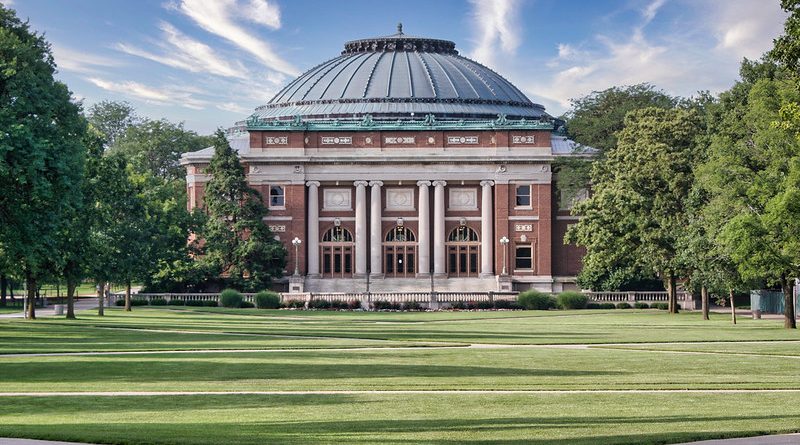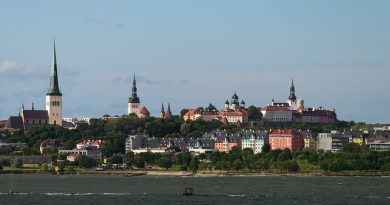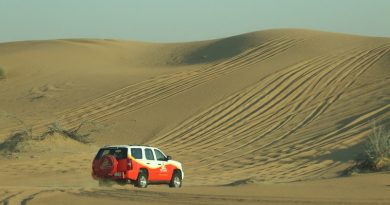Illinois Destination Guide
Nestled between the Great Lakes states of Indiana and Wisconsin and the Great Plains states of Iowa and Missouri, Illinois is very much the center of Midwest America. Pioneers pushing further west settled on Illinois land. Blues and jazz greats like Louis Armstrong migrated from New Orleans to Illinois nightlife city Chicago in search of a new place to play their tunes. Immigrants from Europe flooded into the region throughout the 1800s and 1900s.
Even one of the nation’s greatest presidents, Abraham Lincoln was born and raised in Illinois’s rural countryside. Today, Chicago has kept up with the pace of major metropolises like New York and San Francisco, while the rest of the state has been able to preserve its quiet charm.
Chicago
The direct translation of its name given by its American Indian inhabitants may have meant “wild onion” and today, it may be frequently referred to as The Windy City, but Chicago has so much more to offer than breezes and pungent vegetables.
Located on the shores of Lake Michigan in the heart of the Midwestern United States, Chicago is a multicultural city that has its roots in its ethnically diverse history. Between 1900 and 1930, thousands upon thousands of European immigrants, African-Americans, and rural Midwestern youths relocated to Chicago in search of steady work. Chi-town, as it is endearingly called, was also home to countless famous Americans: 1930s ganster Al Capone, novelist Ernest Hemingway and architect Frank Lloyd Wright. In the early 1920s, jazz musicians like Louis Armstrong made their way up the Mississippi River from New Orleans to Chicago where they established themselves transforming the Windy City into a musical focal point.
Today, the city virtually explodes with cultural activity and countless attractions.
From never ending nightlife and world-famous museums to lakefront parks and vibrant ethnic neighborhoods, Chicago offers a range of attractions to keep any traveler busy. While the city bustles all year round, summer months offer the most in activities. Catch a Chicago Cubs game, hotdog, and a beer at the historic Wrigley Field on a Saturday afternoon. Stroll along in the city’s zoo located in Lincoln Park or wade in Lake Michigan along lakefront parks before exploring Navy Pier for dinner and a Ferris wheel ride for a better view of the city’s skyline. Take an elevator to the top of the Hancock Building for a bird’s eye view or strap on those shopping shoes for the famed “Magnificent Mile” which runs along Michigan Avenue from the Chicago River to Oak Street. This strip offers hundreds of specialty shops and boutiques presenting top-of-the-line goods from around the world.
Springfield
Drive two hundred miles south of Chicago and you’ll find Springfield, the state’s capital, quiet and proud of its connection with one of America’s greatest presidents, Abraham Lincoln. He lived in the city until he left to become the 16th President of the United States in 1861, when, while in power, he emancipated the rampant slavery of the south.
From that moment on, Springfield’s history and future have been inexorably tied to this American icon. The city offers a “Looking for Lincoln” tour for those who can’t get enough of American presidential history. The tour makes all the stops: his boyhood home, several of his law firms where he practiced, his home in the city (now a National Historic Site), the train station where he departed for America’s capital, Washington D.C., and his tomb where he was laid to rest with his family the rest of his family.
National Road
In the wake of America’s victory over Great Britain in the Revolutionary War of 1776, a new nation looked towards the unknown wilderness of the west. For the first half of the 19th century and again from the late 1800s to the 1950s, Americans packed their lives into wagons and later cars and began their adventures on the National Road, America’s first federal highway.
Today, the Historic National Road crosses through Illinois to the great Mississippi River. And while millions drive this road each year, the rolling countryside, prairie fields remain untouched and small towns with main street storefronts, soda fountains, one-room schools, museums and old hotels whisper to travelers of earlier times. For those seeking a quiet drive through the heartland of America with stops in small towns that have preserved their charm, the National Road offers both scenery and a slice of American history.




